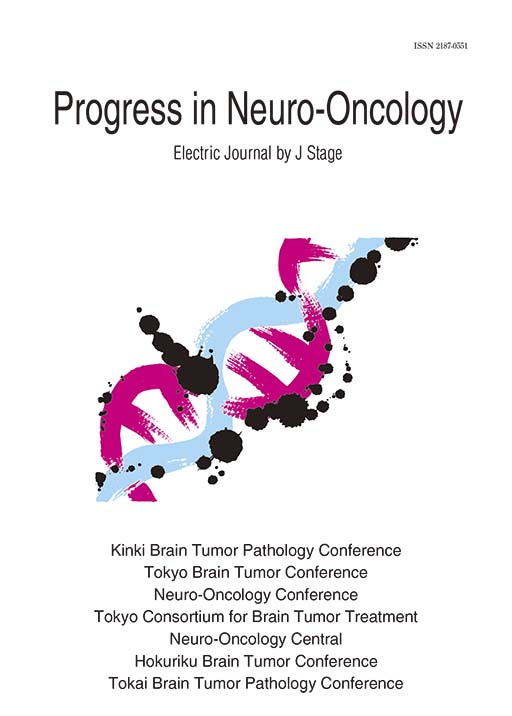Volume 23, Issue 2
Displaying 1-8 of 8 articles from this issue
- |<
- <
- 1
- >
- >|
-
2016 Volume 23 Issue 2 Pages M1-M2
Published: 2016
Released on J-STAGE: September 16, 2016
Download PDF (509K) -
2016 Volume 23 Issue 2 Pages 1-7
Published: September 16, 2016
Released on J-STAGE: September 16, 2016
Download PDF (9973K) -
2016 Volume 23 Issue 2 Pages 8-12
Published: September 16, 2016
Released on J-STAGE: September 16, 2016
Download PDF (1744K) -
2016 Volume 23 Issue 2 Pages 13-21
Published: September 16, 2016
Released on J-STAGE: September 16, 2016
Download PDF (1418K) -
2016 Volume 23 Issue 2 Pages 22-27
Published: September 16, 2016
Released on J-STAGE: September 16, 2016
Download PDF (3243K) -
2016 Volume 23 Issue 2 Pages 28-36
Published: 2016
Released on J-STAGE: September 16, 2016
Download PDF (3498K) -
2016 Volume 23 Issue 2 Pages 37-38
Published: 2016
Released on J-STAGE: September 16, 2016
Download PDF (578K) -
2016 Volume 23 Issue 2 Pages M3-M5
Published: 2016
Released on J-STAGE: September 16, 2016
Download PDF (224K)
- |<
- <
- 1
- >
- >|
